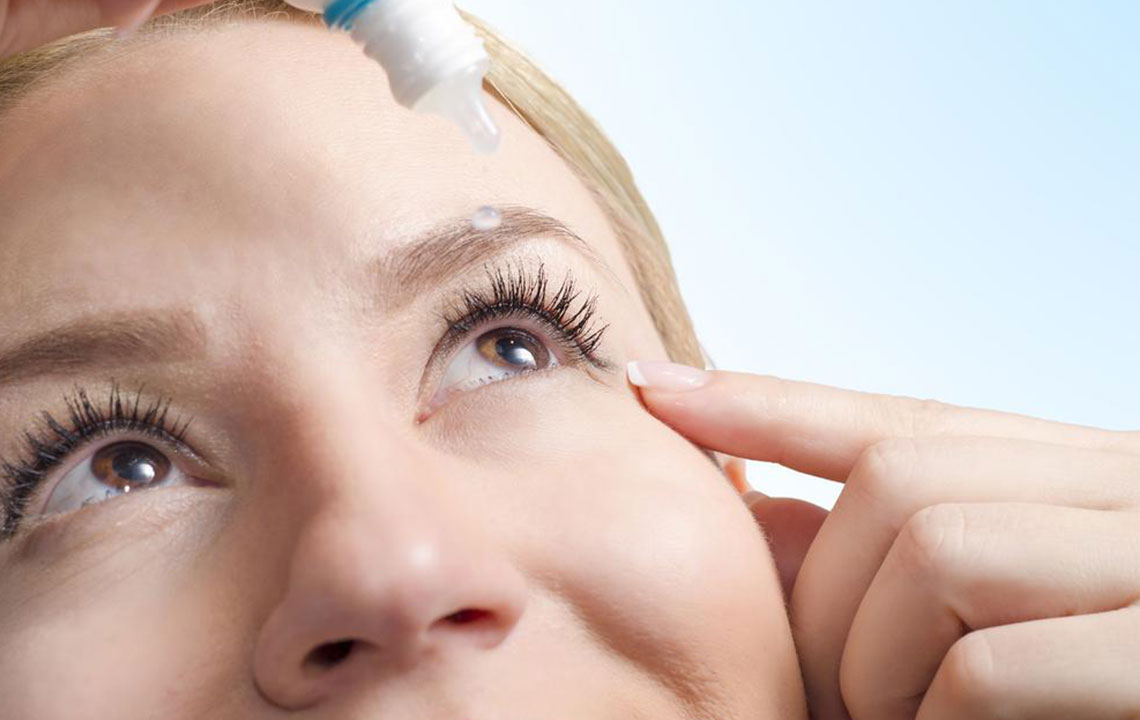Comprehensive Guide to Glaucoma Medications: Types and Benefits
This article explores the different types of glaucoma medications, mainly eye drops, highlighting their benefits, application, and the importance of adherence. It details various drug classes like prostaglandin analogs, CAIs, beta-blockers, alpha agonists, and Rho kinase inhibitors, explaining how they help regulate intraocular pressure to prevent vision loss. The guidance emphasizes safety, ease of use, and the role of lifestyle in managing glaucoma effectively, providing useful insights for patients and healthcare providers alike.

An Overview of Glaucoma Treatment Options with Eye Drops
Glaucoma is a group of eye conditions characterized by optic nerve damage often caused by increased eye pressure due to fluid imbalance. While a cure isn't available, medical management can slow its progression. People over 60 and those with diabetes are particularly vulnerable. Doctors frequently prescribe eye drops to control intraocular pressure (IOP) by reducing fluid production or improving its drainage, thus managing the disease effectively.
Advantages of Glaucoma Eye Medications
Reducing intraocular pressure to safeguard the optic nerve
Maintaining proper eye fluid balance is essential. Excess fluid, common with aging or genetic predispositions, raises IOP and risks nerve damage. Eye drops help lower this pressure by limiting fluid production or enhancing drainage, usually with twice-daily application.
Preventing vision loss
Proper management of IOP with these medications can prevent or slow down vision deterioration caused by glaucoma.
A safe, non-invasive treatment option
Eye drops provide a non-surgical approach to controlling glaucoma, offering safety and simplicity.
Easy to administer
Applying eye drops is straightforward, allowing comfortable use at home without frequent visits to healthcare providers.
Immediate effects
Many medications quickly lower IOP and can reduce symptoms like dryness or irritation.
Slowing disease progression
Although nerve damage from glaucoma can't be reversed, consistent use of eye drops can slow further damage and delay vision loss. Adherence is crucial, and maintaining a healthy lifestyle with proper diet and regular eye exams enhances treatment outcomes.
Types of glaucoma eye drops
Prostaglandin analogs
These promote fluid drainage, significantly lowering IOP. Side effects may include eyelash growth or light sensitivity but are effective in disease control.
Carbonic anhydrase inhibitors (CAIs)
Available as eye drops or oral tablets, CAIs decrease fluid formation, supporting eye health by regulating intraocular water levels.
Beta-blockers
They reduce fluid secretion by blocking specific receptors, suitable for patients without respiratory issues.
Alpha agonists
These increase fluid outflow and decrease production, often prescribed multiple times daily based on individual needs.
Rho kinase inhibitors
A newer therapy class, these agents enhance fluid drainage within the eye to help control IOP.
Following a prescription, routine monitoring ensures effective treatment. If side effects like blurred vision or irritation occur, adjustments may be necessary. Consistent medication use and overall eye health practices are vital for optimal results.


